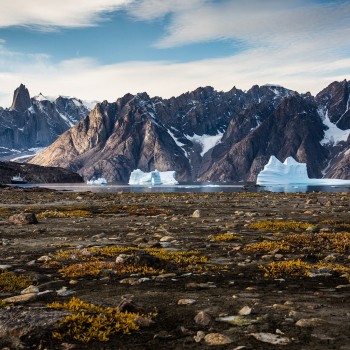Greenland
Greenland
Capital city description
Nuuk is the capital of Greenland. Nuuk is the largest city in the entire country, and it is also the economic and cultural center of Greenland. About 17,000 people live in Nuuk, and they enjoy a geographic region containing mountains and easy access to water. Nuuk has been inhabited since at least 2200 B.C.E. It was once home to Viking explorers.
Nuuk is the seat of the Parliament (Landsting) and Supreme Court and has foreign consulates, a university, vocational training schools, a hospital, and radio and television stations. Significant economic activities include government administrative work, education, health care, other services, hunting, fishing, fish and shrimp processing, and shipbuilding and repair. Flights link Nuuk with other towns in Greenland and with the airport at Kangerlussuaq, which has connecting flights to Copenhagen.
Climate
Greenland is one of the coldest countries globally and is always covered with ice or snow to a large extent (85%). The ice thickness is approximately 1500 meters (59 055 inches). The temperature is almost the whole year below 0 degrees Celsius (32° Fahrenheit). Only at the coast in the summer period, which is short-lived, temperatures sometimes rise above the freezing point.
The warmest period is in July and August, and the temperature may rise to about 10 to 12 degrees Celsius (50-53,6 ° Fahrenheit). The sun shines all day in the period from May to July.
Languages spoken
Greenlandic is the official and widely spoken language in Greenland.
Fun/Fascinating Facts
- The entire northeast of Greenland is one massive national park. Established in 1974 and expanded to its current size in 1988, it is a sanctuary for arctic wildlife as special permission must be obtained from the Greenlandic Government for access.
- One of the most amazing Greenland facts is that Greenland’s “inland ice” is the second-largest ice sheet (behind Antarctica). It is an incredible sight as you fly over the country and reaches up to 3,500m thick in some places.
- Even though Greenland is geographically part of the North American continent, you can’t fly direct (at the moment). You must first get yourself to Copenhagen or Reykjavik to access the country.
- One of the more unusual Greenland facts is that due to the rugged terrain, the deep fjords that shape the coastline, the Greenland ice sheet, and the tiny population, the road system in Greenland is extremely limited. Essentially, all roads stop on the outskirts of town.
- The ocean and the fjords provide the most extensive “highway” system in Greenland, which is why more Greenlanders own boats than cars. In many small settlements, you will not see a single vehicle, but there are plenty of boats tied up at the shoreline.
Unique Customs/Traditions
- January’s return to the sun after several weeks or months of constant darkness is a significant cause for celebration in Greenland. Although the exact day varies throughout the country, each local community celebrates the occasion with plenty of coffee, sweets, music, and special family togetherness. Ilulissat families and schoolchildren drive dogsleds to Holms Hill, known as Seqinniarfik in Greenlandic, and sing songs to greet the returning sun.
- Greenland celebrated its first National Day on the year’s longest and sunniest day. Ever since, the summer solstice has been welcomed with church services, flag raising, morning songs, and speeches by local officials. Each community has its local entertainment in folk dancing, music, kayaking displays, and traditional Kaffemik events. Special reports from each celebration are broadcast on Greenland’s television station.
- East Greenland’s Ammassalik Island hosts this annual five-day adventure challenge. All competitors must cycle across roads of various quality, climb mountains with few defined paths, trek across breathtaking glaciers, and canoe around the Sermilik Icefjord’s icebergs. The entire course is over 155 miles long, contains climbs more than 25,000 feet high, and takes place during average summer temperatures between 10°F and 15°F.
Popular universities
| Name | Description | |
|---|---|---|
| The University of Greenland | The University of Greenland, known as Ilisimatusarfik, was initially established as an "Inuit institute" in 1983. It quickly expanded to include graduate study programs and attained university status in 1989. While small by Canadian standards (averaging less than 1000 students annually), it is rapidly developing and adapting to the needs of the local region. The student culture is also very collaborative and engaged, building off Greenlandic Inuit values of the community. The university is located in Greenland's capital, Nuuk, and a coastal city tucked along the fjords at the base of Sermitsiaq mountain. The "Rainbow Capital" is known for whale sightings, almost-year-round Northern Lights, and is home to several national museums and cultural centers - providing an excellent opportunity to learn about the country's history of Norse colonialism and both traditional & modern Inuit lifeways. | |
Festivals & Events
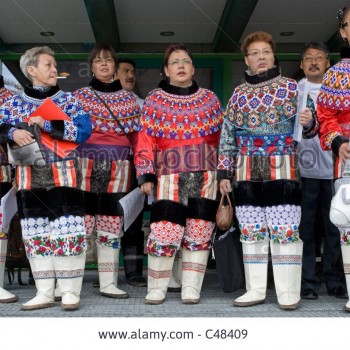
National Day
Date: 21st June
National Day is celebrated annually on 21st June in Greenland. Locals are dressed in national costumes to celebrate the vibrant culture. It is the day when the music, dance, and even kayaking skills are displayed.
The celebration starts with a massive gathering: thousands of people from all over the country gather in the center of Nuuk.
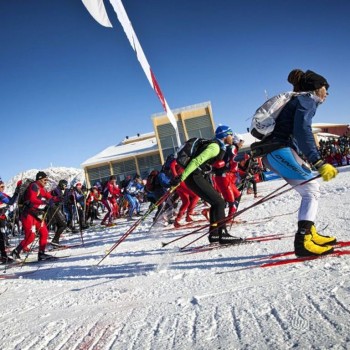
Greenland’s Arctic Circle Race
Date: April
Greenland’s Arctic Circle Race is a 160-kilometer-long adventure-type, cross-country race in Sisimiut. The Race is known as the world’s toughest cross-country race. The festival has become a ritual practiced since 1998 and is hosted by Sisimiut every April.
The skiers push back to complete a hundred miles during climate conditions with temperatures as low as -30 degrees. It almost takes three days for the skiers to achieve the milestone, and they spend two nights amidst the numb snow-scapes of the region.
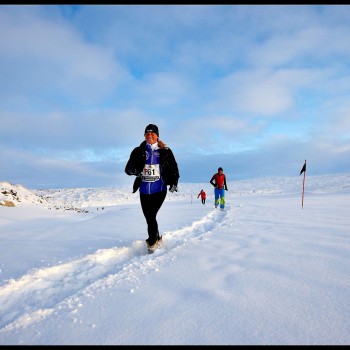
Polar Circle Marathon
Date: September or October
Polar Circle Marathon is also one of the unique marathons globally due to the cold weather and slippery surfaces on portions of the race that go over the actual ice cap. It is an annual marathon situated at 66 degrees northern latitude, the Polar Circle. It is held in September or October and organized by Albatross Adventures
Beginning at the inland icecap near Kangerlussuaq, the participants run on a gravel road and ice sheets; they pass a frozen lake and the Arctic desert duly greeting the reindeer and musk oxen.
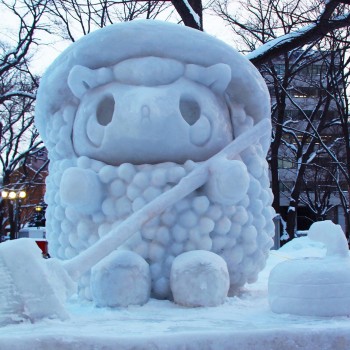
Nuuk Snow Festival
Date: February or March
Nuuk Snow Festival is an annual snow sculpture competition every February or March, depending on weather conditions. It has been celebrated since 1994 in Greenland’s capital. The world’s finest snow artists can only use traditional non-powered tools to sculpt their creations.
Nuuk Snow Festival gathered people from all backgrounds: public companies, educational institutions, private firms, families, and friends. All gathered in teams to compete in the categories Nonfigurative and Figurative.
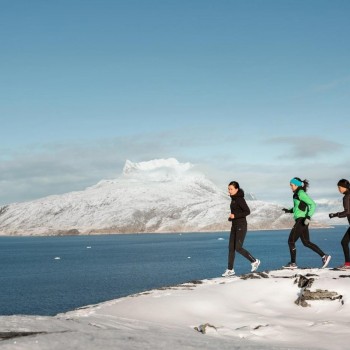
Arctic Circle Race
Date: September
Greenland’s Arctic Circle Race is a 160-kilometer-long adventure-type, cross-country race in Sisimiut. The Race is the world’s most challenging cross-country race. The five-day Greenlandic version starts with 12.5 miles of running and rappelling across a glacier and frozen water, followed by a 31-mile-long mountain bike trek.
The third leg is a 27-mile-long marathon through 3,300-foot tall mountain passes before reaching Narsaq. Competitors must then kayak and carry their boats across the fjords of Qaqortoq before making a 19-mile run to the finish line.
Attractions / Top Sights

Ilulissat Icefjord
When to visit: February to April
When to visit: https://whc.unesco.org/en/list/1149/
Greenland's Ilulissat Icefjord is one of the most visited areas in Greenland and has been a UNESCO World Heritage Site since 2004. It is located on the west coast of Greenland, 250 km north of the Arctic Circle.
This fantastic berg-strewn section of the coast in Disko Bay is where massive glaciers "calve," meaning that icebergs break off from the glaciers and float out into the coastal waters.

Nuuk
When to visit: June to September
Greenland's stunning capital, Nuuk, is especially famous with tourists and is home to the Greenland National Museum. The museum has many artifacts and exhibits related to Greenland's archaeology, history, art, and handicrafts and contains the Qilakitsoq mummies. Its collections of hunting equipment, kayaks, carvings, and Viking finds paint a vivid picture of life here from the earliest times.
Nuuk houses many gourmet restaurants, fashion boutiques, and the Northern Lights-inspired Katuaq Cultural Center, the center of modern Greenland.

Nuuk and Greenland National Museum
When to visit: June to September
Greenland's stunning capital, Nuuk, is especially famous with tourists and is home to the Greenland National Museum. The museum has many artifacts and exhibits related to Greenland's archaeology, history, art, and handicrafts and contains the Qilakitsoq mummies. Its collections of hunting equipment, kayaks, carvings, and Viking finds paint a vivid picture of life here from the earliest times.
Nuuk houses many gourmet restaurants, fashion boutiques, and the Northern Lights-inspired Katuaq Cultural Center, the center of modern Greenland.
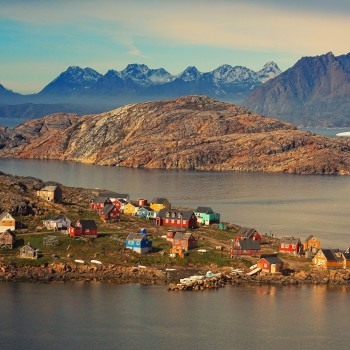
Uunartoq
When to visit: June to September
Uunartoq is the only hot spring that is warm enough to bathe in. Surrounded by mountain peaks and drifting icebergs, you can lie in the warm water and enjoy the beautiful natural surroundings. The water consistently sits at a pleasant 38 degrees, making it ideal for soaking for a more extended hour.
The spring is perfect for visiting all year and in any weather because the water temperature is always suitable for soaking in this natural heated outdoor spa.

Qaqortoq Museum
When to visit: In summer
Qaqortoq is an ancient museum in Qaqortoq, Greenland. It is located close to the central fountain square in one of the town's oldest buildings, the former Royal Greenland Trading Department, which dates from 1804.
The Qaqortoq Museum displays artifacts from the Dorset, Thule, and Norse cultures, each with separate exhibits and interpretations.
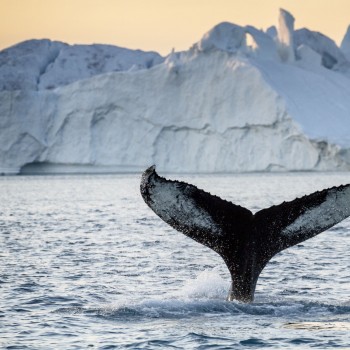
Whale Watching
When to visit: In summer
Whale watching in Greenland is one of the most fantastic things, preferably in summer. About 15 different kinds of whales live in the waters around Greenland. Between July and September, humpbacks, finbacks, and minke whales are regularly spotted.
The south and west of Greenland are incredibly fascinating for whale watching. There are also a lot of tours through the iceberg fields in the evening or at night. As most Greenland lies north of the polar circle, the sun doesn’t set in summer.
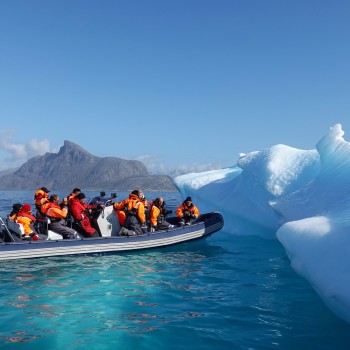
Northeast Greenland National Park
When to visit: In summer
Northeast Greenland National Park is the world's largest national park and the 9th largest protected area. It covers the entire northeastern coastline of Greenland and large inner parts of the island. Established in 1974 and expanded to its present size in 1988, it covers 972,000 km2 (375,000 sq mi) of Greenland's interior and northeastern coast and is more significant than all but of the world's 195 countries.
The park is home to many different species, about 5000 and 15,000 musk oxen who live in the national park area, about 40% of the worldwide population. In addition, numerous polar bears and walruses can be found in the coastal regions.















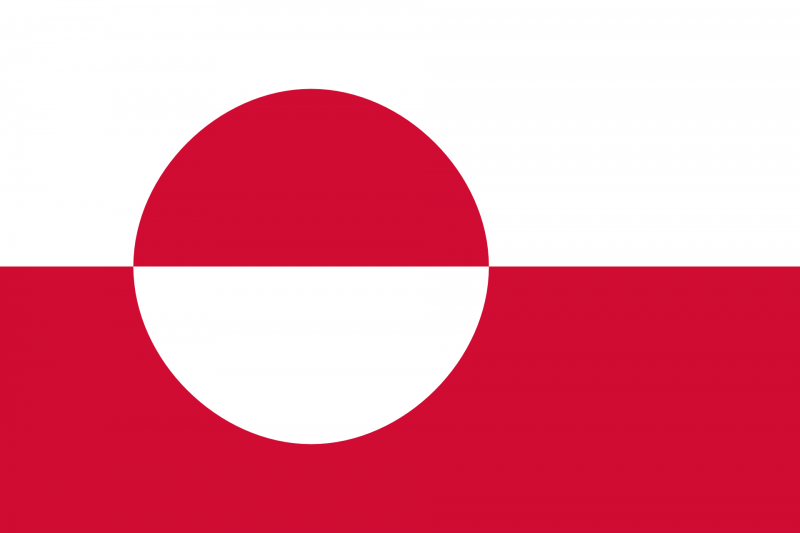
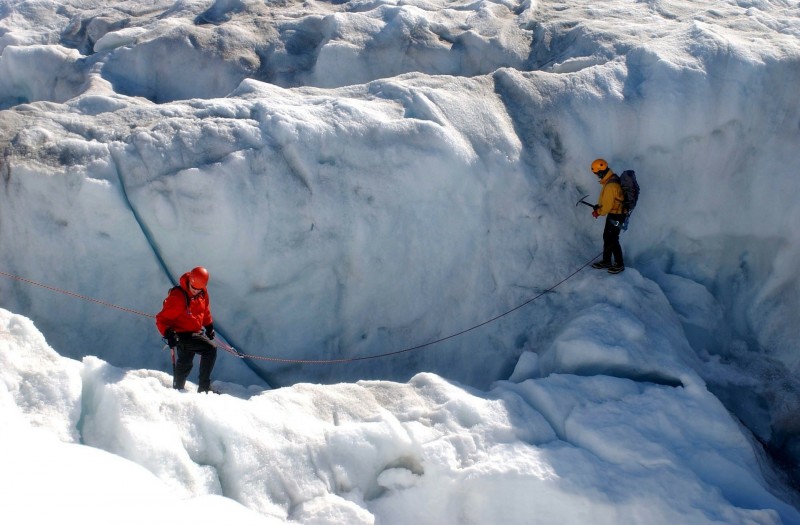

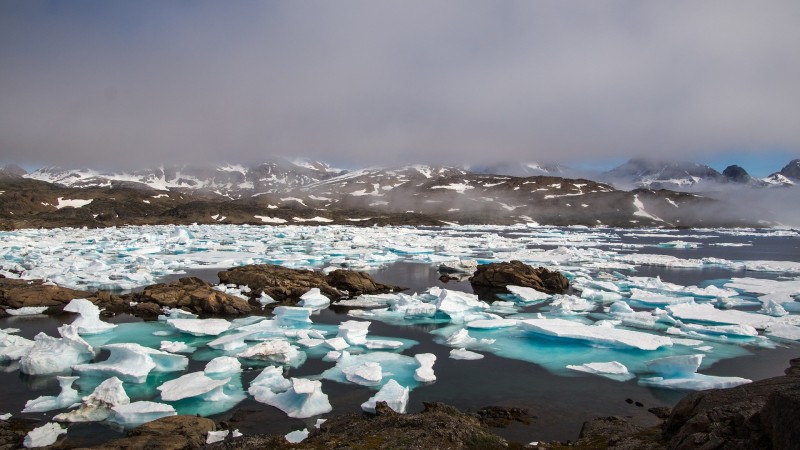
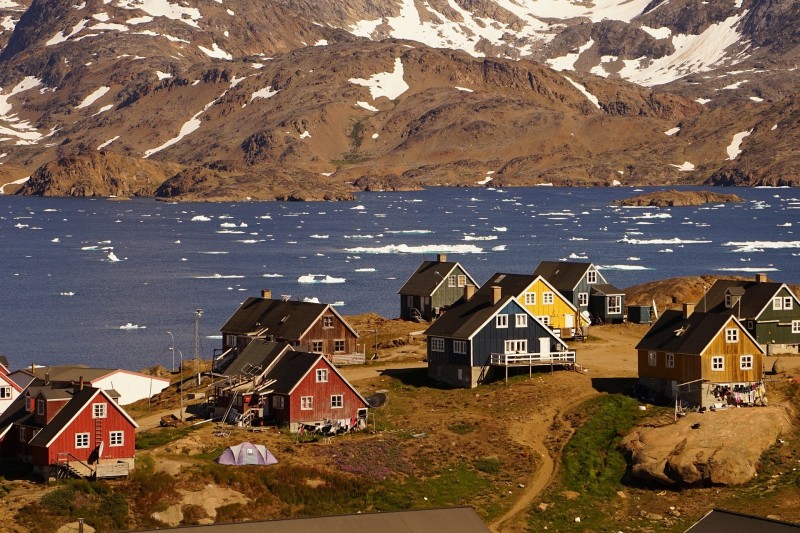

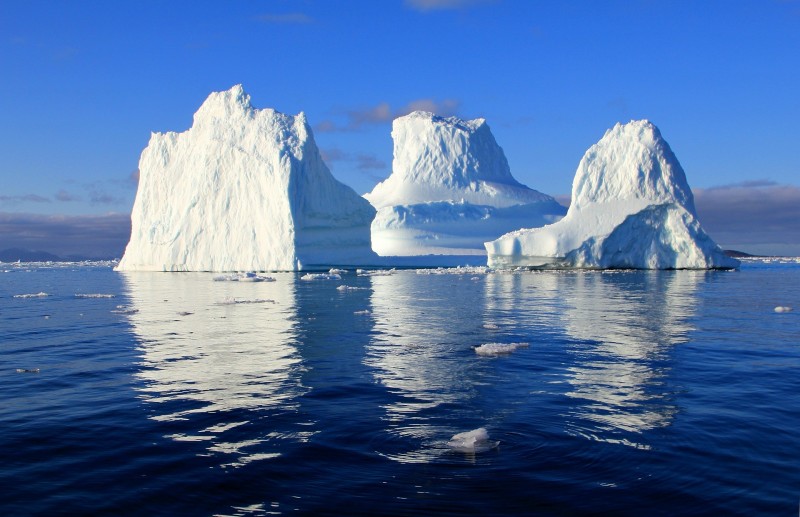
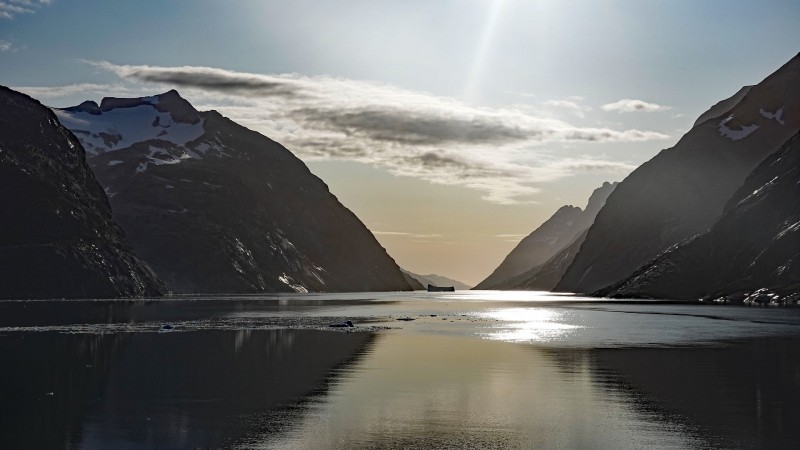
.jpg)



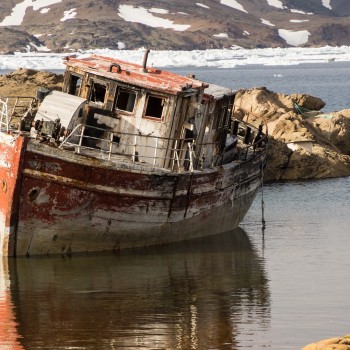


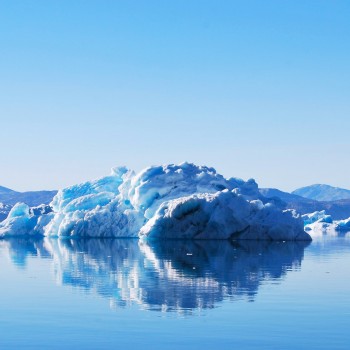


.jpg)
